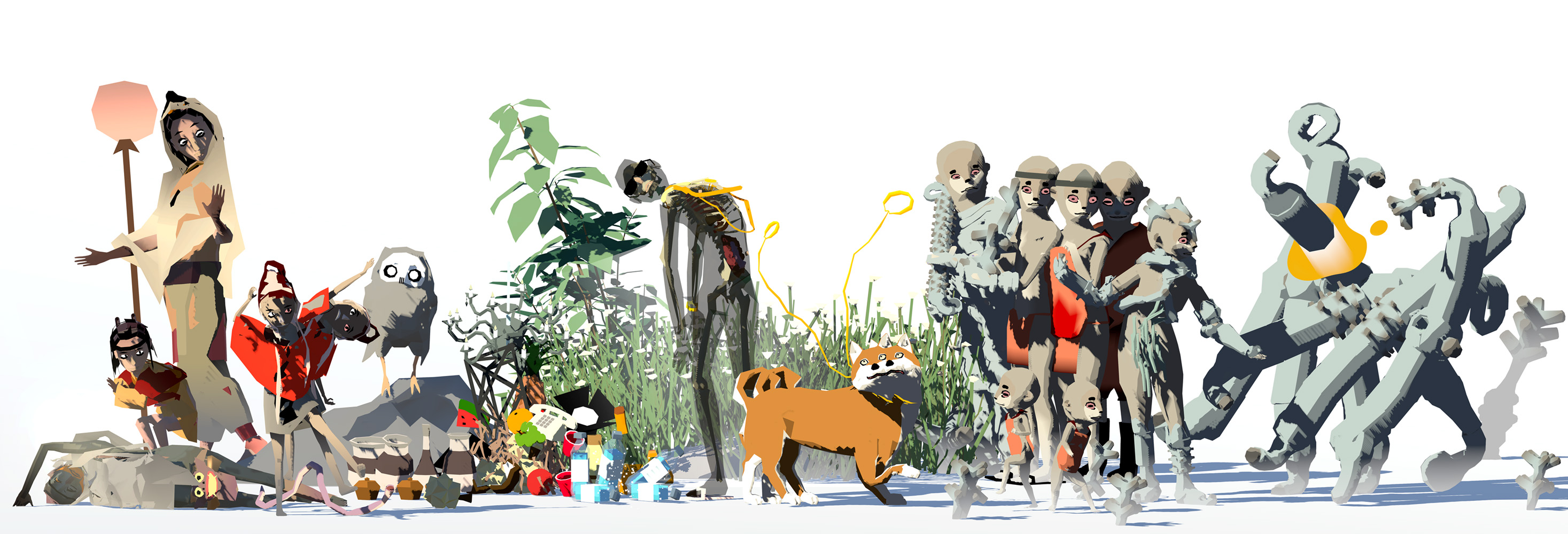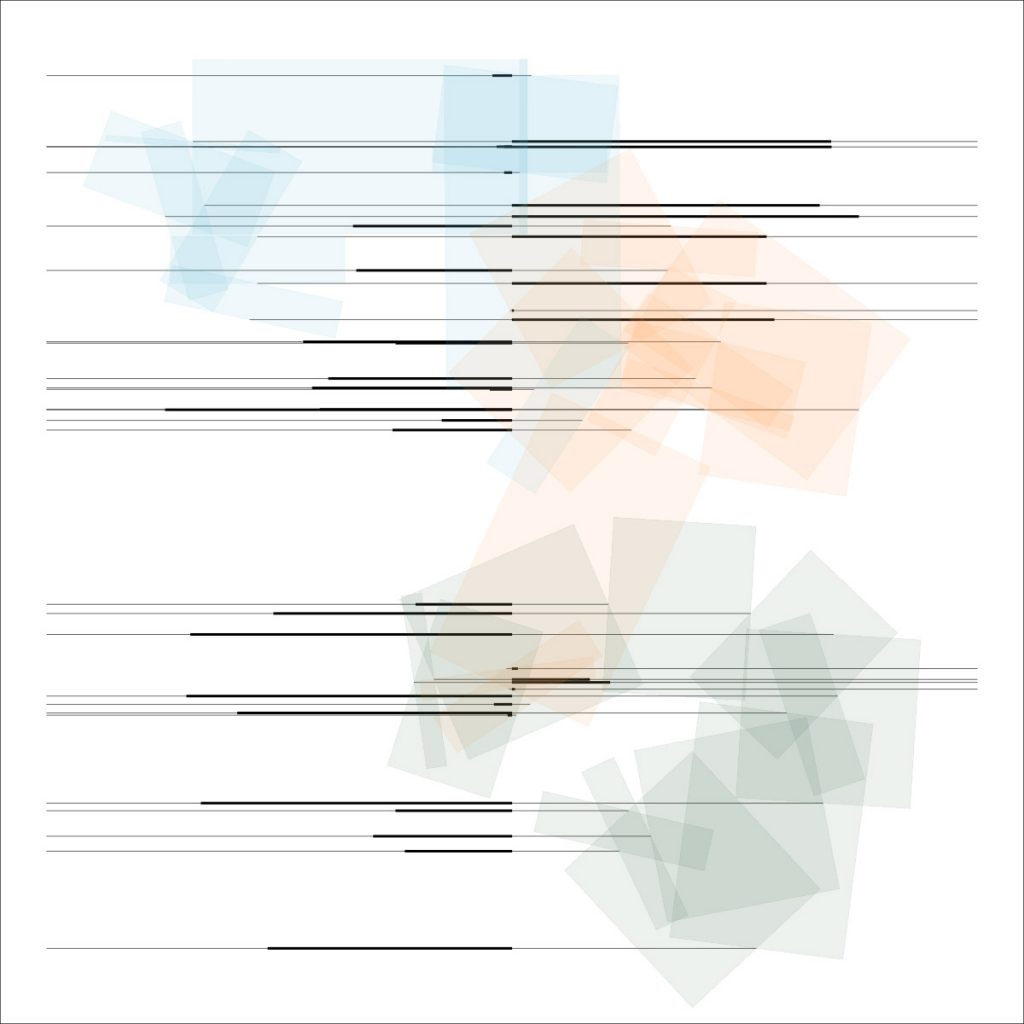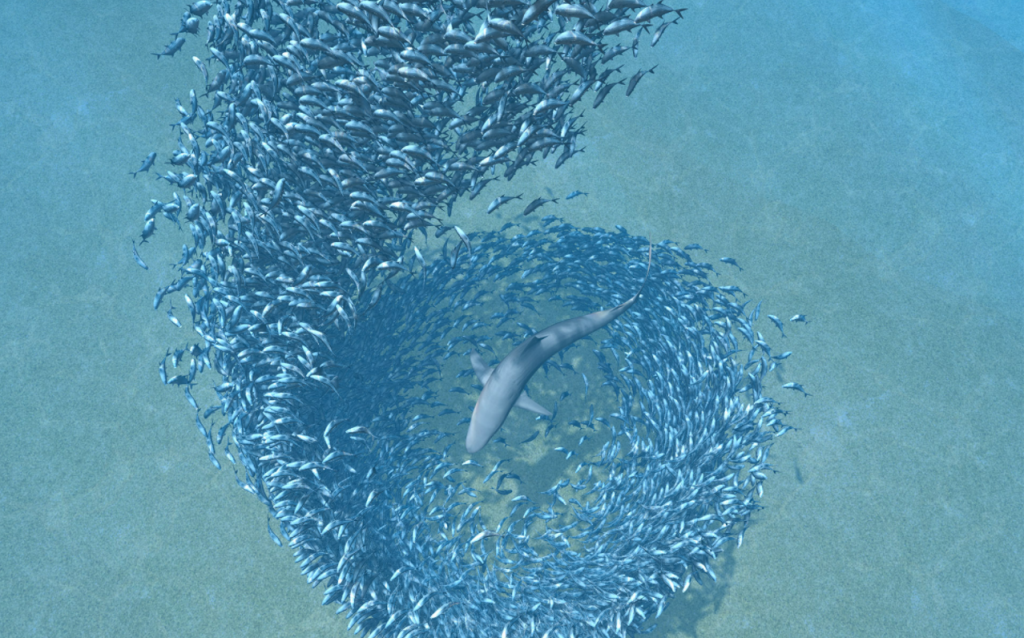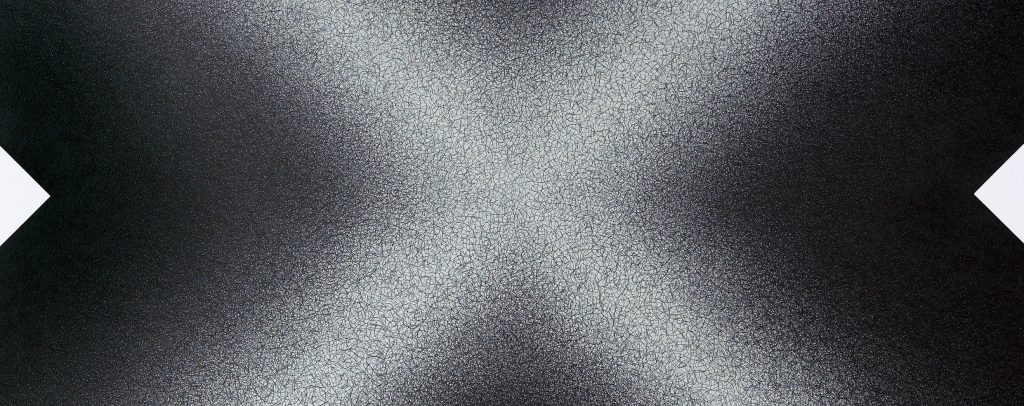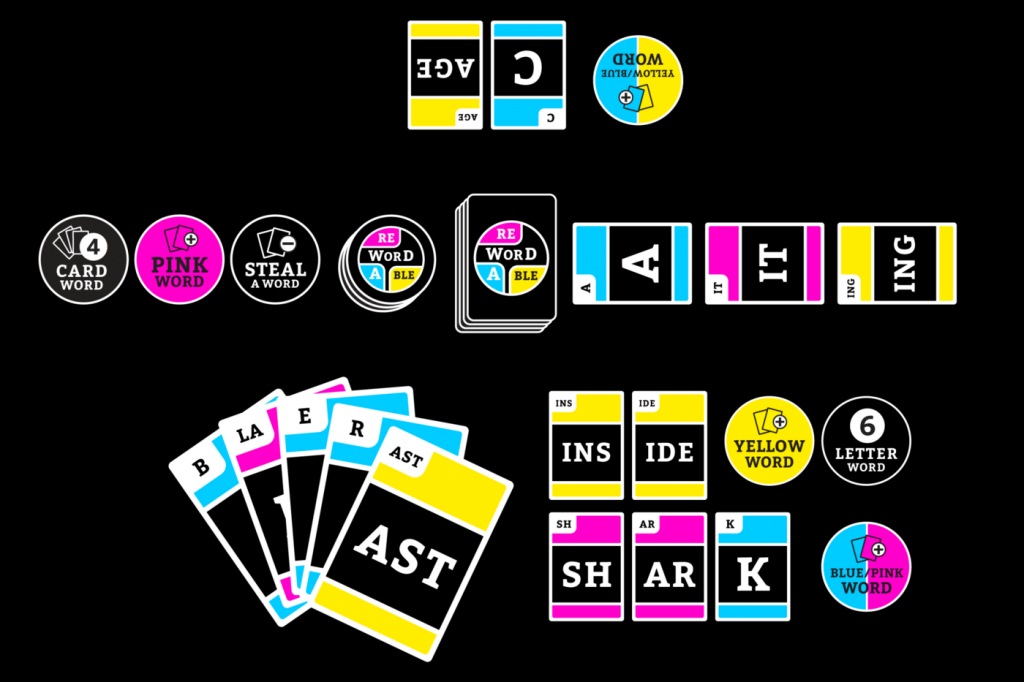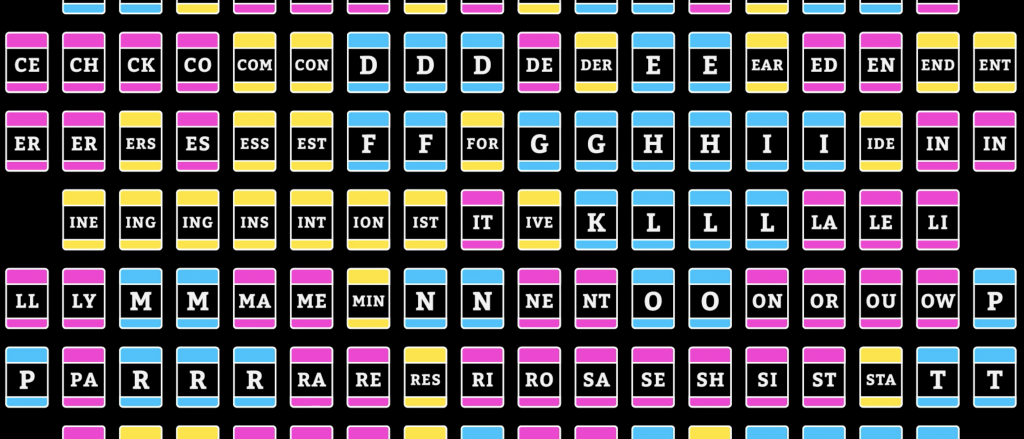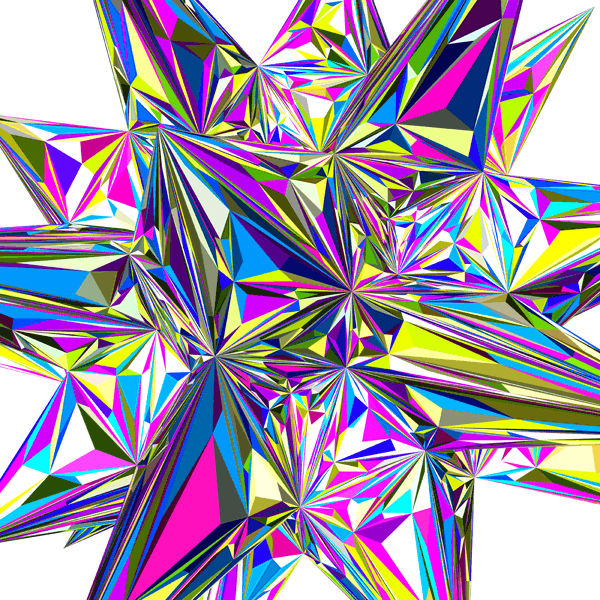
I really admire the video game “Panoramical” by Fernando Ramallo and David Kanaga. It is a very beautiful and immersive experience through a world of stunning visuals and music. The landscapes and music inside the game change based on the player’s input.
I admire this work of generative art because of its beauty and interactivity. To put it bluntly, a lot of computer generated artworks have interesting concepts but are lacking in the quality of experience they provide. “Panoramical” on the other hand draws you in with otherworldly visuals and sounds. It is otherworldly due to the usage of algorithms, but it is beautiful due to the creators’ sensibilities to colors and sound. Each landscape and how they change is designed with care, and the music is designed to immerse players into the landscape.
“Panoramical” stands out from motion graphics and animated experiences due to its interactivity. Thanks to the creators’ usage of algorithms to “connect multiple sensory variables to [the player’s] actions” (1), the player actively becomes a part of the experience.
I think “Panoramical” is a good example of how the infinite possibilities of algorithms working inside the bounds of an artist’s design can create an unique and beautiful experience.
Work Cited
- “Generative Art: Best Examples, Tools & Artists (2020 GUIDE).” AIArtists.org, aiartists.org/generative-art-design.
![[OLD FALL 2020] 15-104 • Introduction to Computing for Creative Practice](../../../../wp-content/uploads/2021/09/stop-banner.png)

